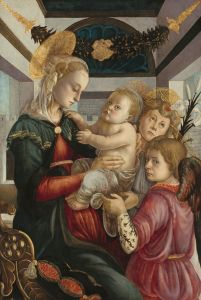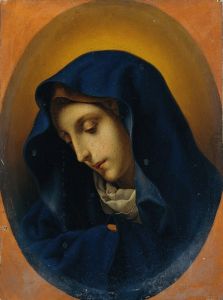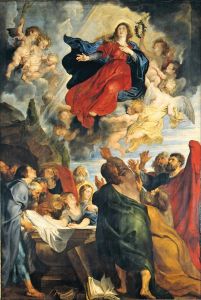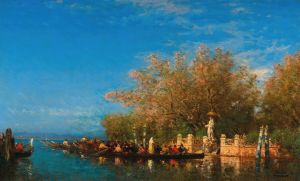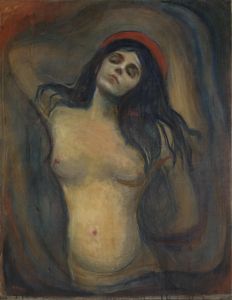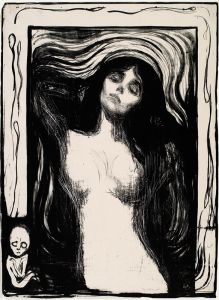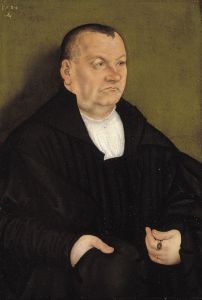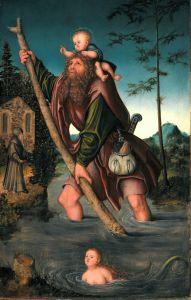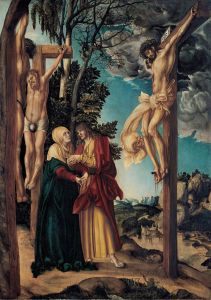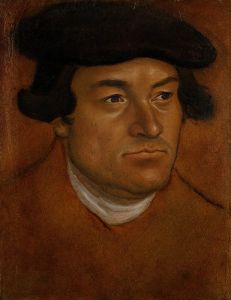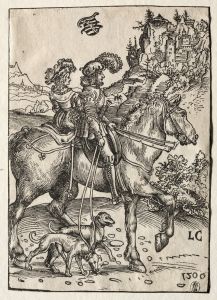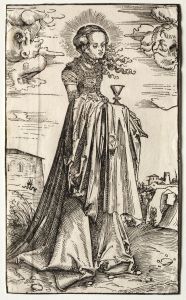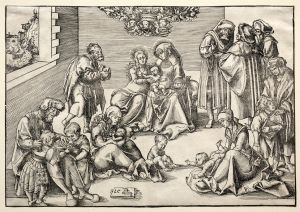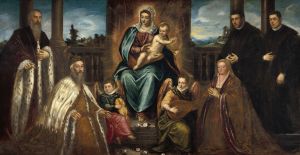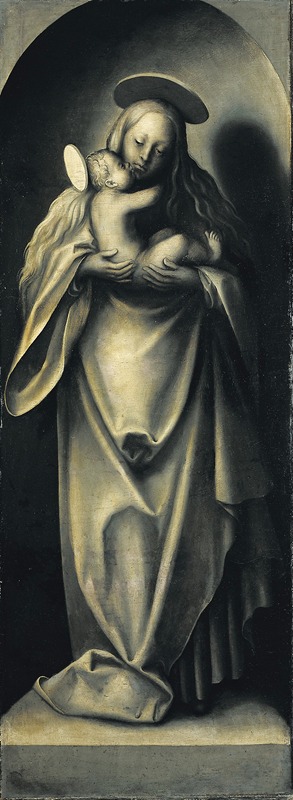
Madonna and Child
A hand-painted replica of Lucas Cranach the Elder’s masterpiece Madonna and Child, meticulously crafted by professional artists to capture the true essence of the original. Each piece is created with museum-quality canvas and rare mineral pigments, carefully painted by experienced artists with delicate brushstrokes and rich, layered colors to perfectly recreate the texture of the original artwork. Unlike machine-printed reproductions, this hand-painted version brings the painting to life, infused with the artist’s emotions and skill in every stroke. Whether for personal collection or home decoration, it instantly elevates the artistic atmosphere of any space.
Lucas Cranach the Elder, a prominent German Renaissance painter, created several works depicting the Madonna and Child, a popular subject in Christian art that portrays the Virgin Mary with the infant Jesus. Cranach, known for his distinctive style and his role as a court painter to the Electors of Saxony, contributed significantly to the Northern Renaissance with his religious and secular works.
Cranach's "Madonna and Child" paintings are characterized by their delicate and detailed portrayal of the figures, often set against lush, detailed backgrounds. These works reflect both the religious devotion of the time and Cranach's skill in capturing human emotion and divine grace. The Madonna is typically depicted as a serene and gentle figure, embodying maternal tenderness, while the Child is often shown with a sense of innocence and playfulness.
One of the notable aspects of Cranach's "Madonna and Child" paintings is the use of color and composition. Cranach employed a rich palette, with vibrant reds and blues often used for the Madonna's robes, symbolizing her purity and heavenly status. The backgrounds in these paintings are usually detailed landscapes or architectural settings, adding depth and context to the central figures.
Cranach's work was influenced by both the Gothic tradition and the emerging Renaissance style, which is evident in the combination of detailed realism and idealized beauty in his paintings. His "Madonna and Child" works often include symbolic elements, such as fruit or flowers, which carry religious significance. For example, apples might be included to symbolize the fall of man and the redemption offered by Christ.
The popularity of the "Madonna and Child" theme during the Renaissance can be attributed to the increased focus on humanism and the emphasis on the human aspects of religious figures. Cranach's ability to convey both the divine and the human in his paintings made his works particularly resonant with contemporary audiences.
Cranach's "Madonna and Child" paintings were not only religious icons but also served as objects of personal devotion for the patrons who commissioned them. These works were often displayed in private chapels or homes, reflecting the personal piety and status of their owners.
Lucas Cranach the Elder's contributions to art extend beyond his "Madonna and Child" paintings. He was a versatile artist, producing portraits, mythological scenes, and altarpieces. His workshop was highly productive, and his influence extended to his sons, particularly Lucas Cranach the Younger, who continued the family tradition of painting.
In summary, Lucas Cranach the Elder's "Madonna and Child" paintings are exemplary works of the Northern Renaissance, showcasing his skill in blending religious themes with the emerging humanist ideals of the time. These paintings remain significant for their artistic merit and their reflection of the cultural and religious values of the period.





